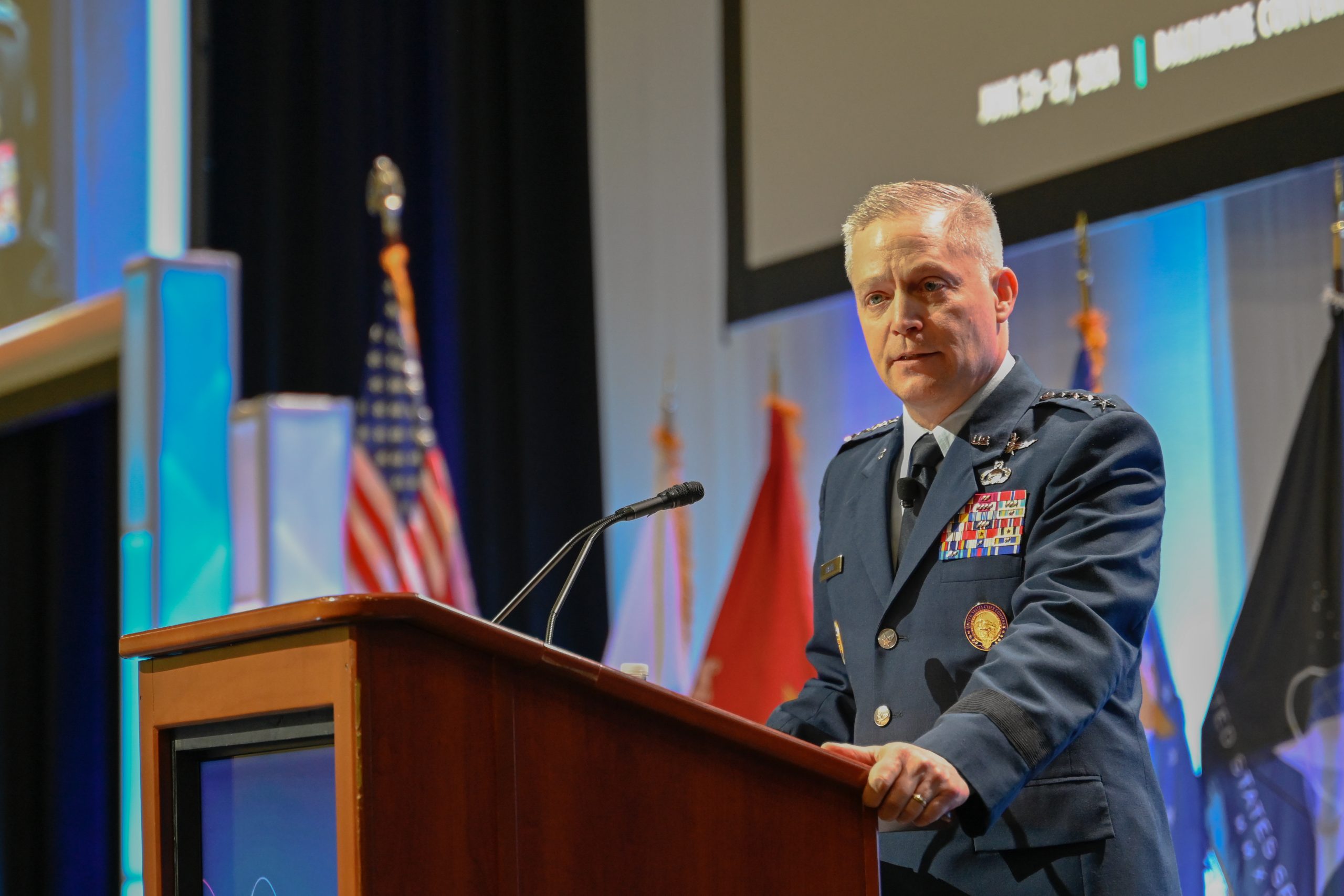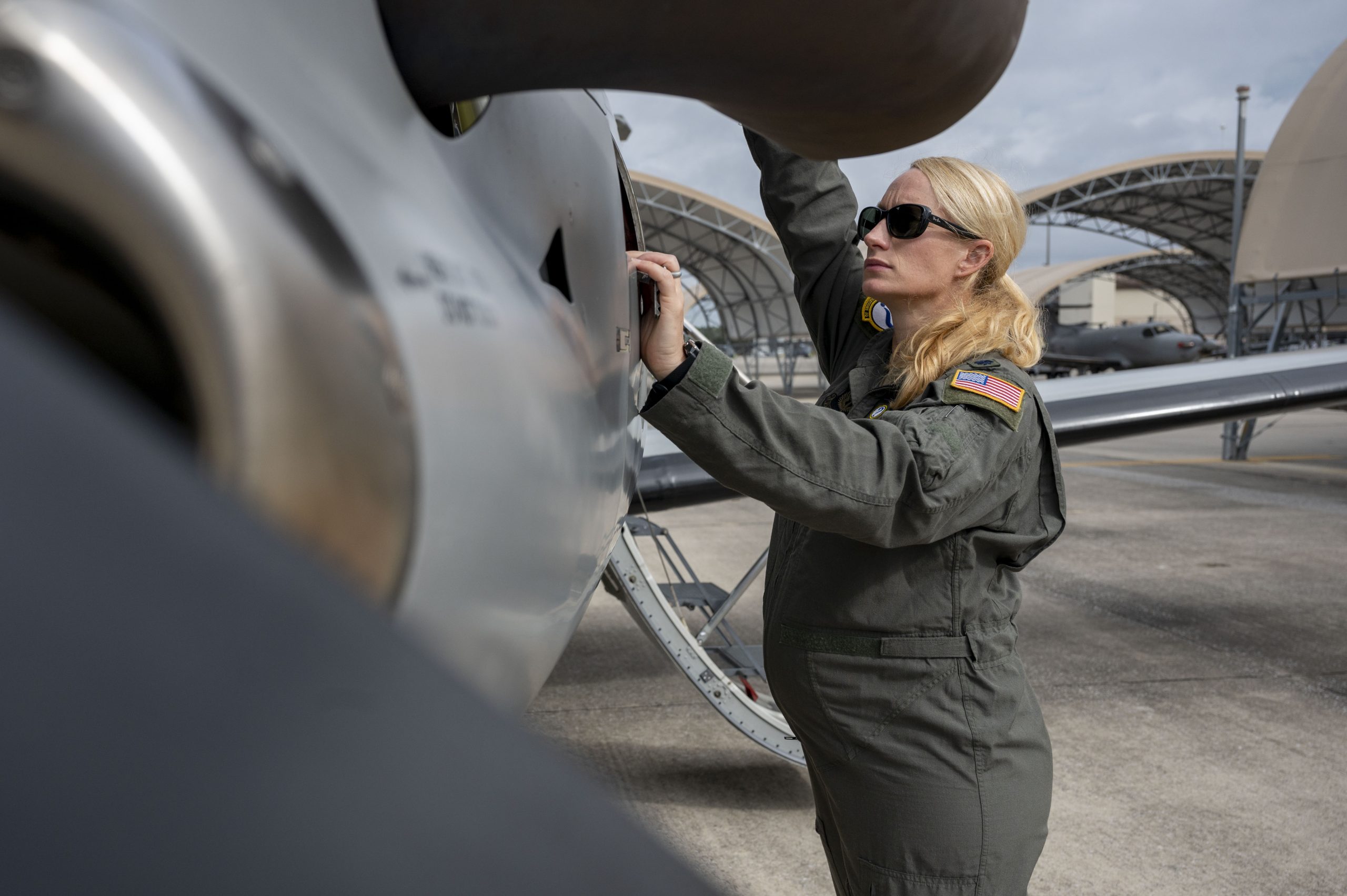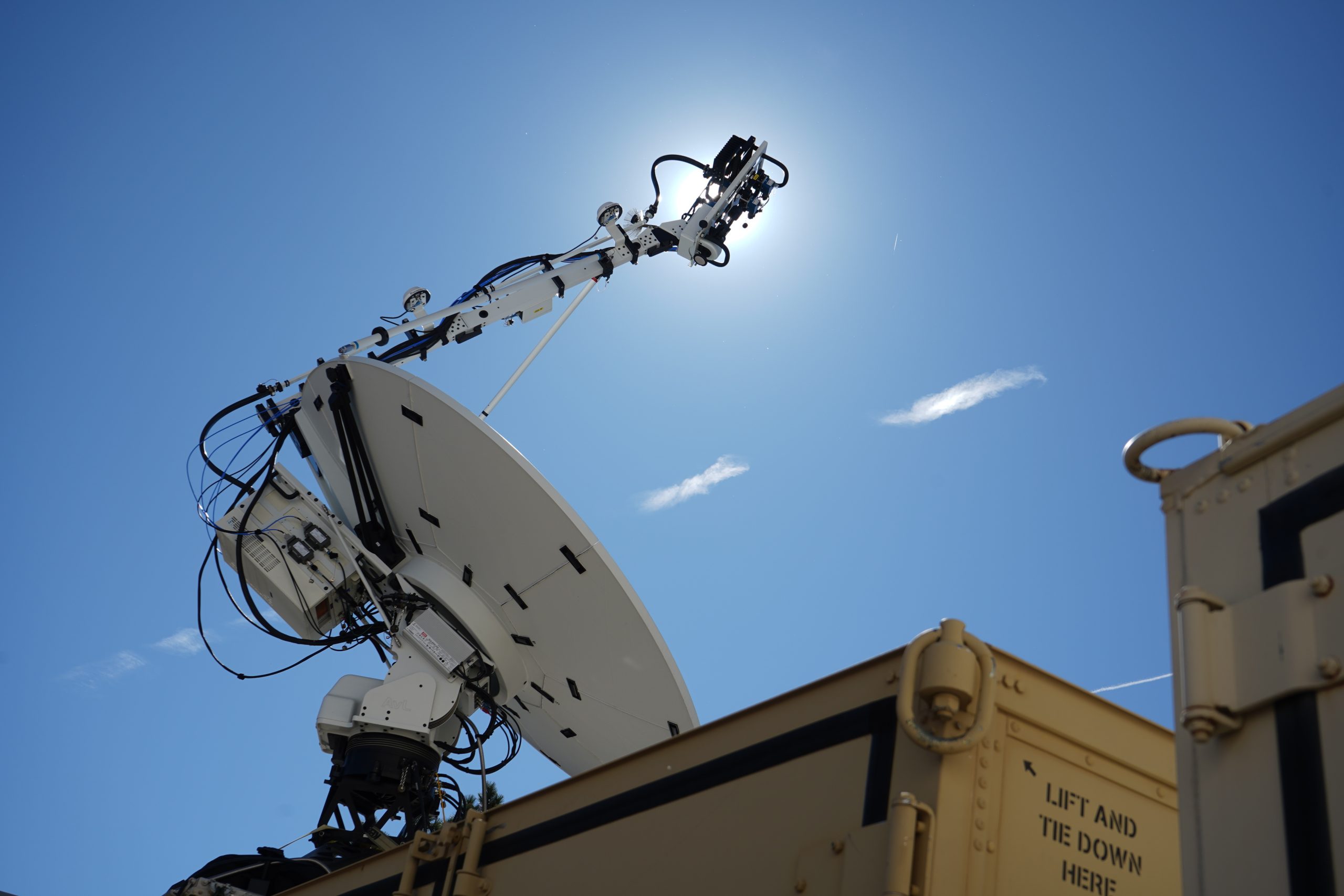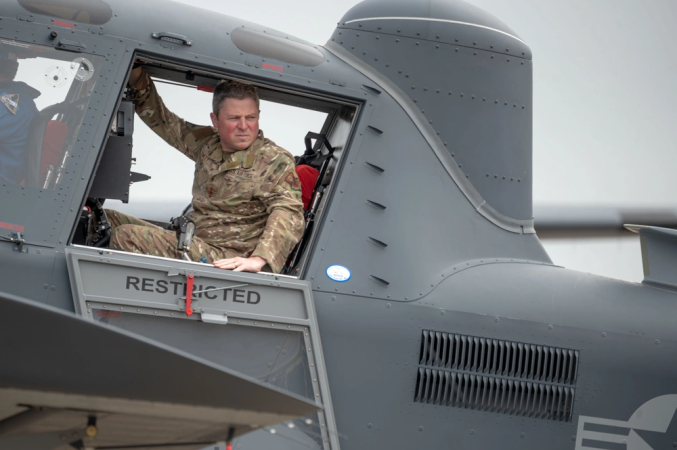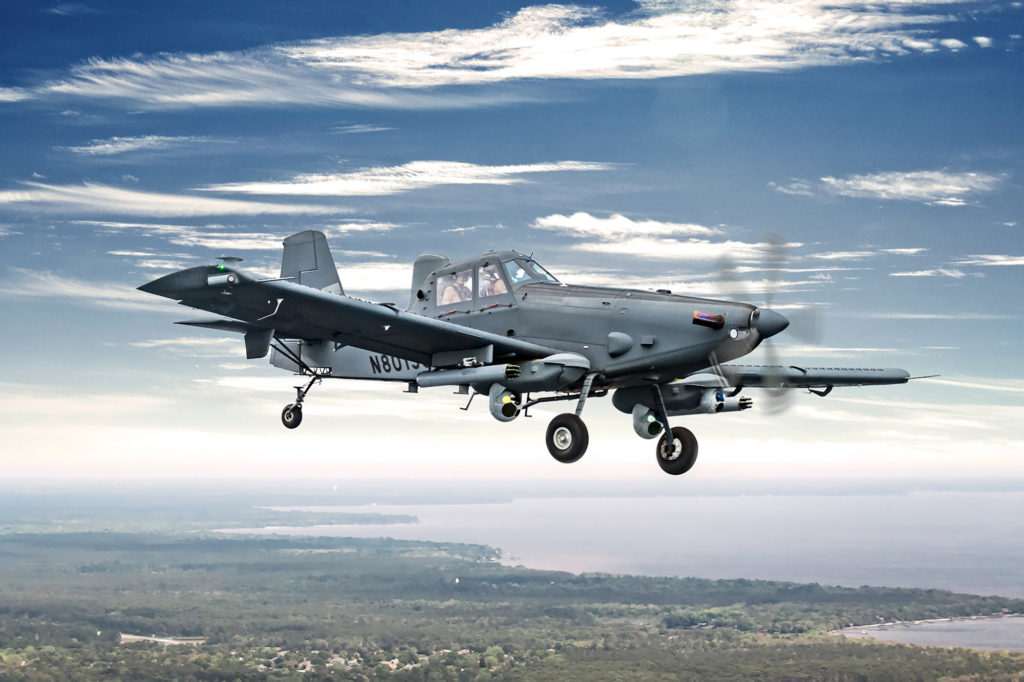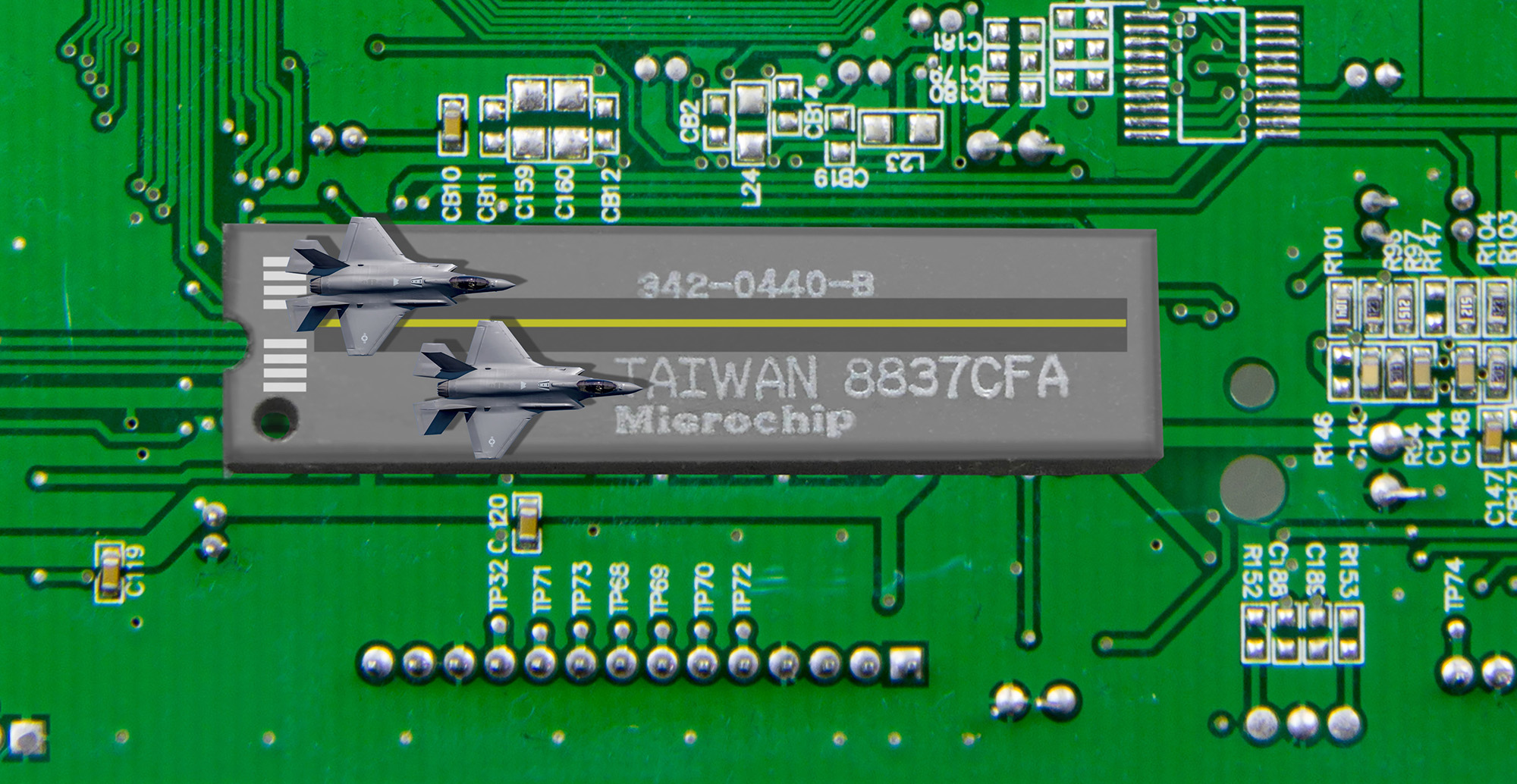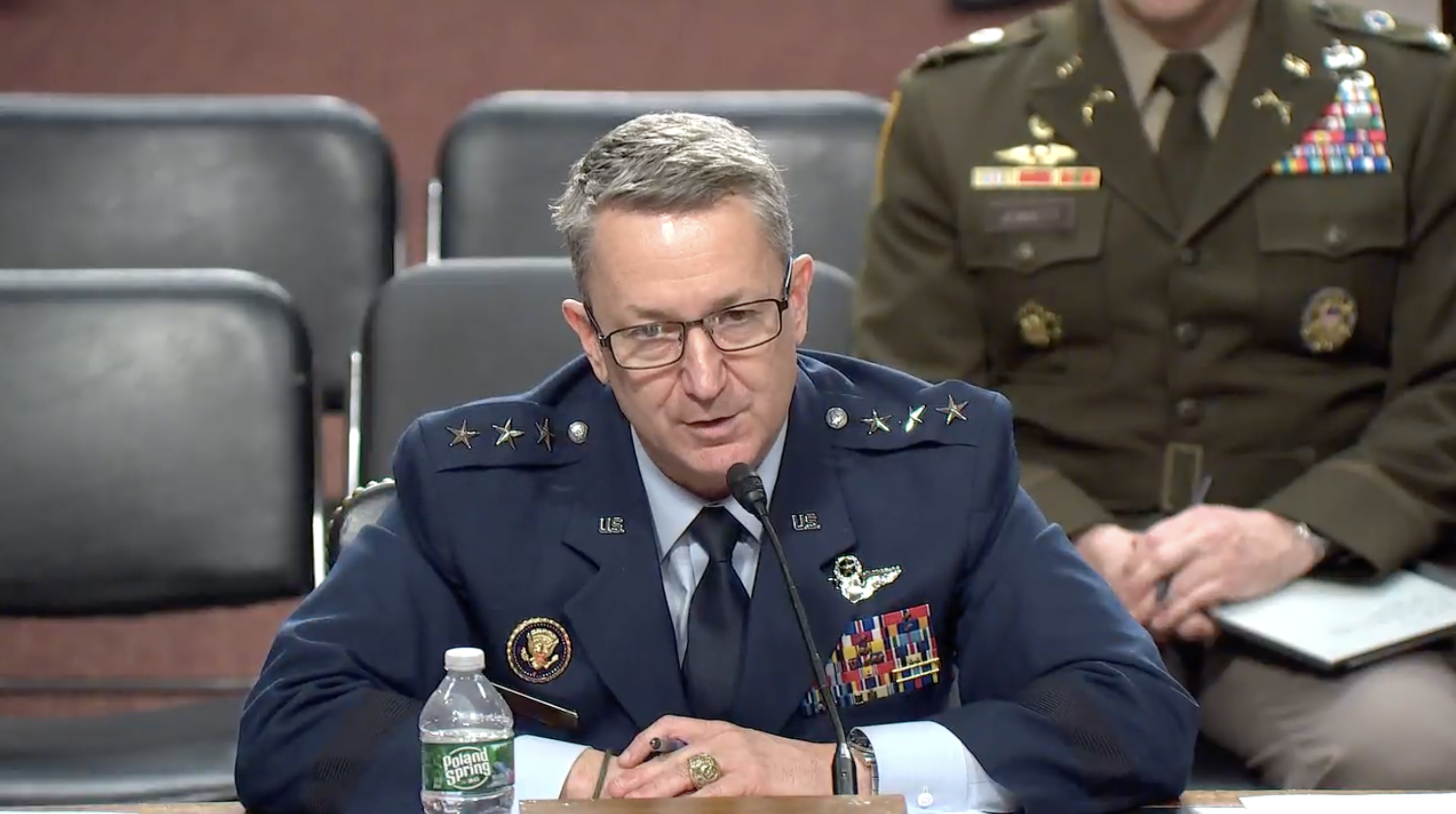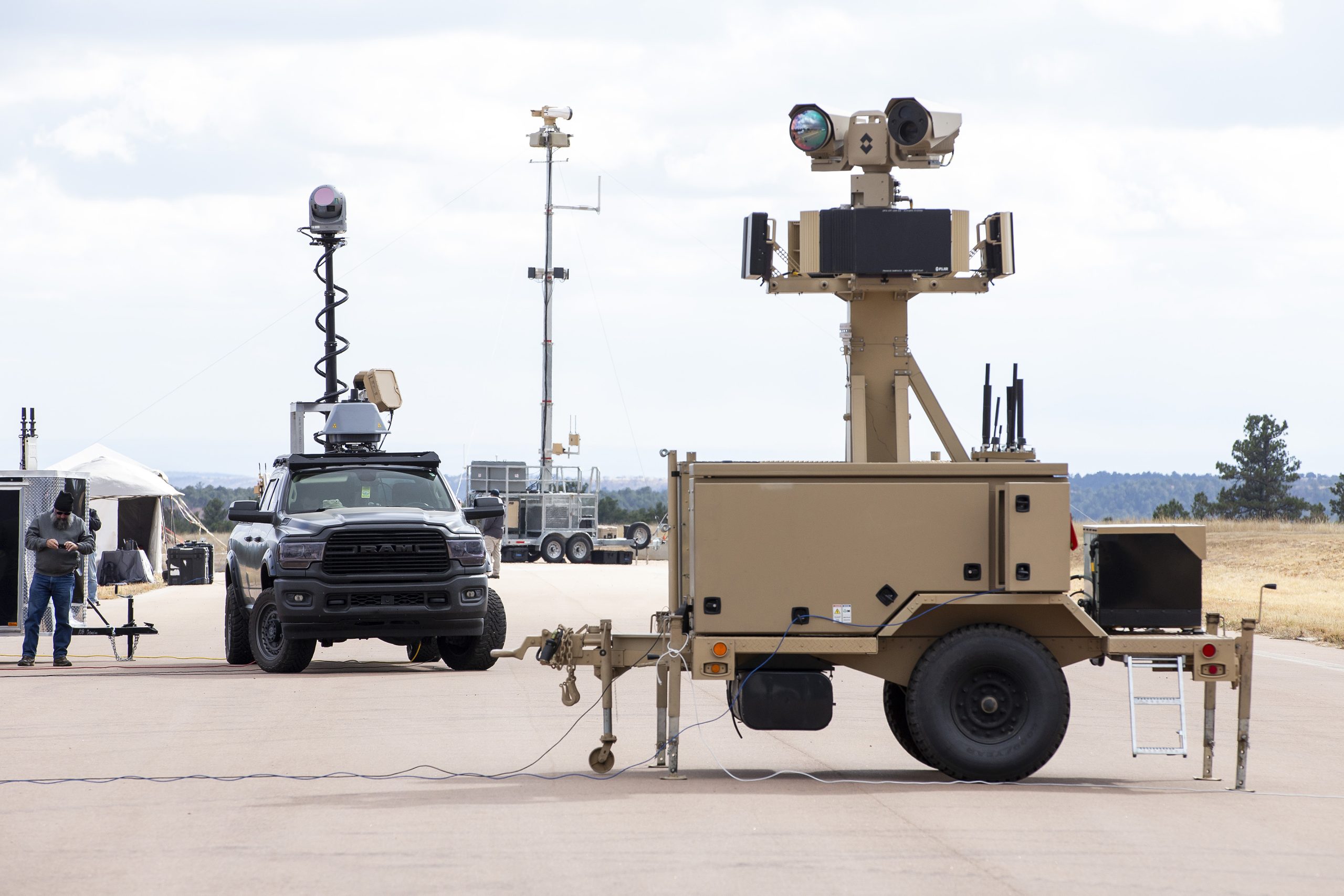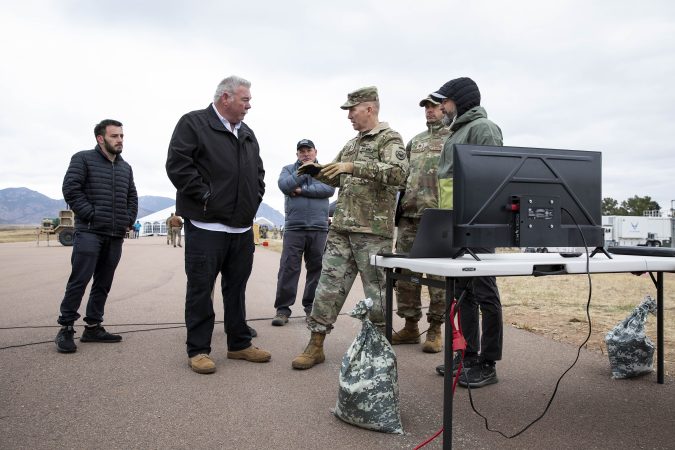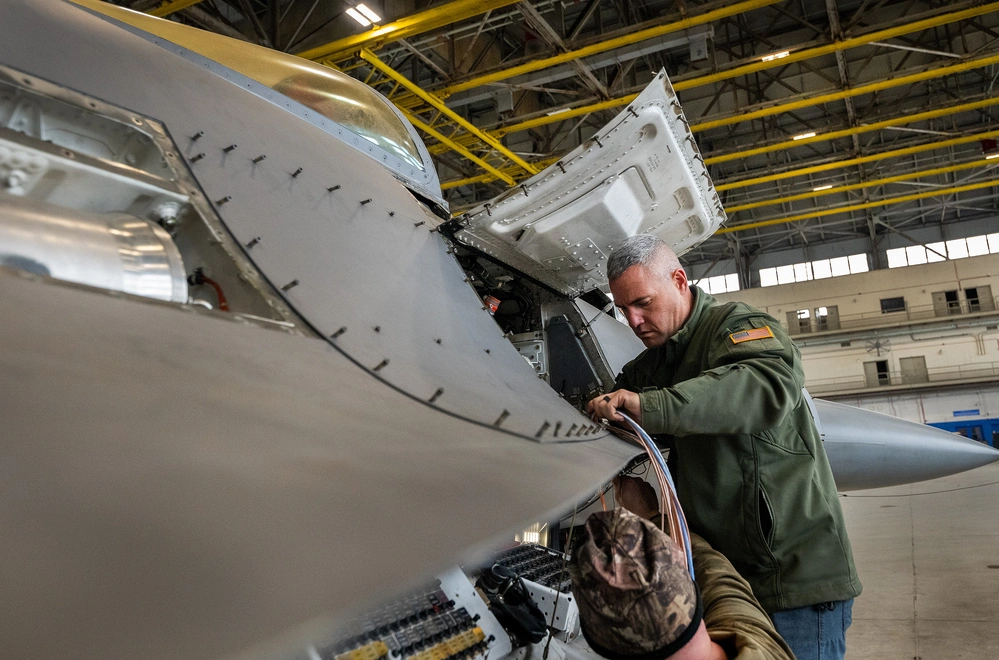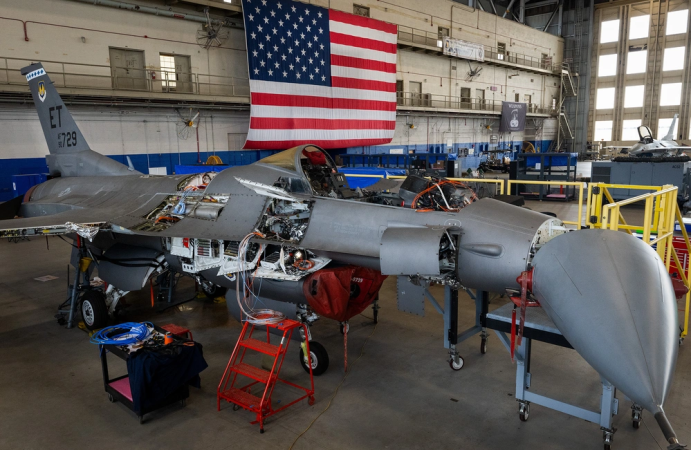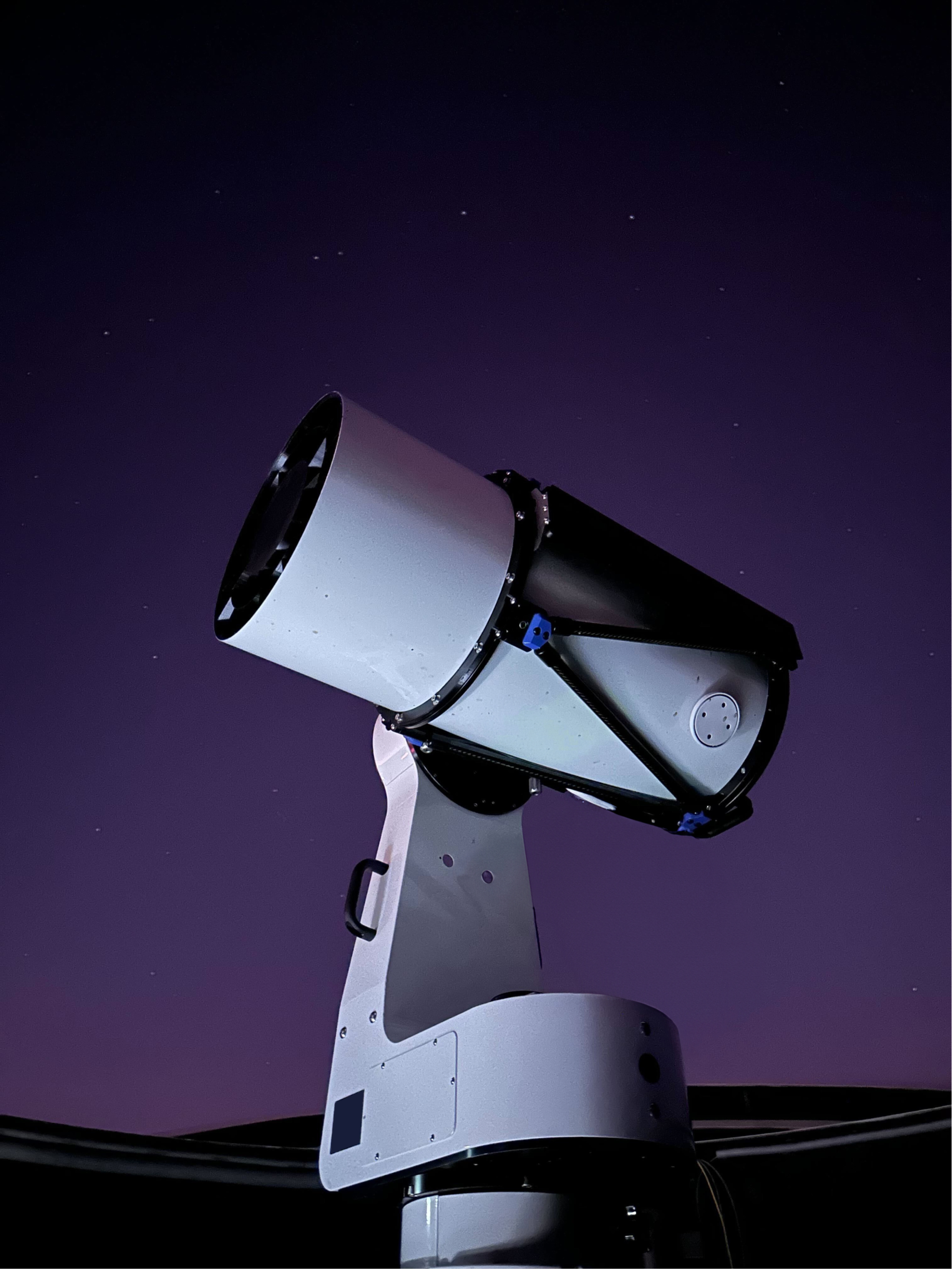The Pentagon abruptly relieved Air Force Gen. Timothy D. Haugh, head of the National Security Agency and U.S. Cyber Command, and his NSA civilian deputy, Wendy Noble, on April 3.
“The Defense Department thanks Gen. Timothy Haugh for his decades of service to our nation, culminating as U.S. Cyber Command Commander and National Security Agency Director,” Chief Pentagon Spokesman Sean Parnell said in a brief statement. “We wish him and his family well.”
Parnell offered no reason for the firings.
In addition to leading NSA and CYBERCOM, Haugh served as chief of the Central Security Service at Fort Meade, Md. He had led the organizations since February 2024.
A Pentagon official reported that said Noble would be “reassigned.”
Haugh’s Air Force career spanned more than 30 years, almost exclusively in the intelligence and cyber operations field. He had served as head of intelligence for Air Force Special Operations forces, head of intelligence, surveillance, and reconnaissance at U.S. Central Command’s Air Operations Center, commanded the 480th ISR wing, commanded 16th Air Force—which oversee USAF efforts in cyber warfare—and was the deputy commander at CYBERCOM before his previous assignment.
Haugh helped lead cybersecurity operations against Russia for the last four years, and in 2018 ran Cyber Command’s joint effort with the NSA to thwart Russia’s attempted interference in the 2018 midterm elections.
Haugh is the latest in a series of high-ranking military officers to be fired—Chairman of the Joint Chiefs of Staff Gen. Charles Q. Brown Jr., Chief of Naval Operations Adm. Lisa Franchetti, and Air Force Vice Chief Gen. James C. “Jim” Slife were all relieved in February, as were The Judge Advocates General for the Army, Navy, and Air Force.
More recently, the National Security Council has also reportedly had four high-level firings, including intelligence director Brian Walsh; senior director of technology and national security David Feith; senior director for international organizations Maggie Dougherty; and senior director for legislative affairs Thomas Boodry.
Multiple news outlets said the firings were recommended by conservative media personality and advisor to President Trump, Laura Loomer, who has courted controversy and promoted conspiracy theories.
Loomer seemed to confirm the report in posts to social media on April 4, saying Haugh and Noble “have been disloyal to President Trump. That is why they have been fired.” She thanked Trump for “being receptive to the vetting materials provided to you,” and for “firing these Biden holdovers.”
Asked by reporters on Air Force One if Loomer had made the recommendations, Trump replied that “sometimes I listen to those recommendations, like I do with everybody.” He called Loomer “usually very constructive. She recommended certain people for jobs.” He also called her “a very good patriot and a very strong person.”
Democratic lawmakers across Congress roundly condemned the move.
Sen. Jack Reed (D-R.I.), ranking member of the Senate Armed Services Committee, issued a statement criticizing the firings as “a priceless gift to China, Russia, Iran and North Korea, by purging competence from our national security leadership.” In particular, he said he was “angered” that Trump “dismissed one of the most skilled, accomplished officers in the U.S. military. As the commander of Cyber Command, General Haugh led the most formidable cyber warfighting force in the world and kept our enemies up at night.”
Rep. Jim Himes (D-Conn.), ranking member on the House Intelligence Committee, said in a statement that he has known Gen. Haugh “to be an honest and forthright leader who followed the law and put national security first. I fear those are precisely the qualities that could lead to his firing in this administration.”
Meanwhile, Rep. Don Bacon (R-Neb.), a retired Air Force brigadier general who represents Offutt Air Force Base, also critiqued the firings, writing on social media that Haugh “is an outstanding leader and was doing a superb job at Cyber Command and National Security Agency. He was fired with no public explanation. This action sets back our Cyber and Signals Intelligence operations.”
In March, Elon Musk, presidential advisor and then-chair of the Department of Government Efficiency comission, posted on X that “The NSA needs an overhaul,” and met with Haugh a week later.
Also in March, multiple media outlets reported that Defense Secretary Pete Hegseth ordered U.S. Cyber Command to halt its offensive cyber efforts against Russia. The Pentagon later disputed those reports.
In a March 3 statement, Russian government spokesman Dmitry Peskov said that the new Trump administration “is rapidly changing all foreign policy configurations,” and that “this largely aligns with our vision.”
